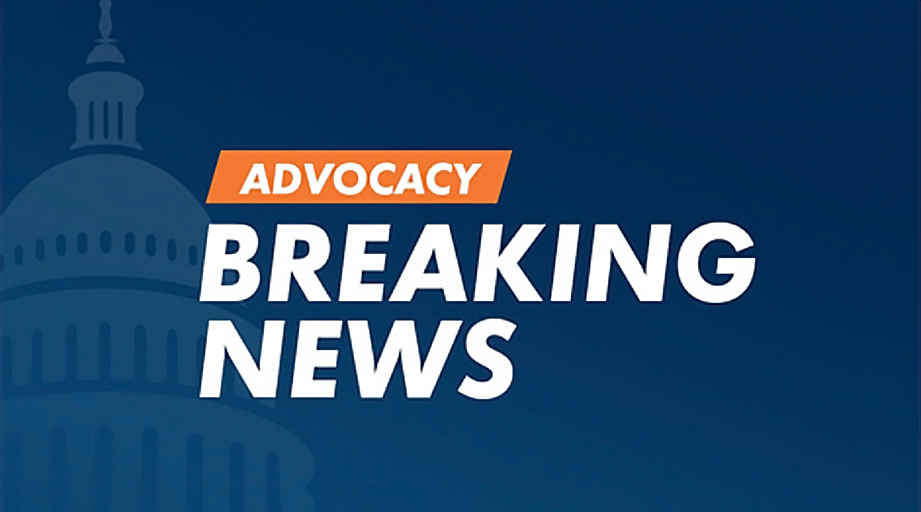
ASHP members met September 12 to offer guidance on policy development, with a special focus on the pharmacy profession’s role in preventing workplace violence and firearm-related injury and death.
“It’s a hard topic, and we realize that,” ASHP Chief Operating Officer Kasey K. Thompson told the members of ASHP’s five policy-recommending councils and the Council of Affiliate Relations during this year’s Policy Week. He emphasized that ASHP has no specific policy outcome in mind and looks to the council members for their expertise and advice.
“Our goal today is to listen to you,” he said.
ASHP President Kathleen S. Pawlicki said federal data indicate that 18,000 healthcare and social service workers are assaulted in the workplace annually, and these incidents account for 70–74 percent of all workplace assaults.
“Unfortunately, violence against healthcare workers is not unusual,” Pawlicki told the council members.
Several attendees shared stories of violent events at their workplace, including some that involved pharmacy staff.
Underscoring the conversation was the death of Dayna Less, who was gunned down in November 2018 while going about her day as a pharmacy resident at Mercy Hospital and Medical Center in Chicago.
Anna Legreid Dopp, ASHP’s Director of Clinical Guidelines and Quality Improvement, said federal data indicate that firearms killed nearly 40,000 Americans in 2017 — more than the number who died in traffic accidents but fewer than deaths related to opioid use.
She said 60 percent of firearms deaths in 2017 were classified as suicides, and homicides accounted for 37 percent.
Legreid Dopp called violence a public health issue, and she described public health initiatives that have been launched to address the problem.
One initiative, Stop the Bleed, is a national campaign that encourages the public to learn how to respond to a bleeding emergency before professional help arrives on the scene.
Some session attendees praised Stop the Bleed as an important tool in the response to violence-related trauma. Others described their institutions’ participation in the American Hospital Association’s Hospitals Against Violence initiative, which focuses on the dissemination of knowledge and best practices in the prevention of youth violence, workplace violence, and human trafficking.
In some instances, attendees said their hospitals made physical or procedural changes after consulting with local law enforcement to identify security gaps.
Attendees also described workplace programs that help hospital staff prepare for violent events and recognize potential hazards. Examples included active shooter drills, training to identify victims of domestic violence or human trafficking, and the use of color-coded room tags or linens to alert staff to patients with the potential to become violent.
Legreid Dopp said interrupting the cycle of violence involves screening to determine when a patient is at risk for or prone to violence, caring for victims of violence, and creating environments that foster safety and ongoing prevention at the population level.
“There are opportunities for pharmacists to contribute in all of those levels,” she said.
Douglas J. Scheckelhoff, Senior Vice President of ASHP’s Office of Practice Advancement, said healthcare organizations have become increasingly engaged in efforts to stem violence in the workplace.
For example, he said, the American Nurses Association adopted a position statement in 2015 on incivility, bullying, and workplace violence. The statement was a developed after a member survey found that 43 percent of respondents had been physically or verbally threatened by a patient or a patient’s family member while at work.
A 2018 member survey by the American College of Emergency Physicians found that nearly half of respondents reported being physically assaulted at work, and nearly 70 percent said emergency department violence is on the rise.
The Joint Commission issued a Sentinel Event Alert in 2018 on physical and verbal violence against healthcare workers. The alert emphasized the need for violent acts to be reported to hospital leadership, security, and, if appropriate, to law enforcement.
Current ASHP policies that relate to workplace violence include Suicide Awareness and Prevention (ASHP Policy 1901) and Intimidating or Disruptive Behavior (ASHP Policy 1916).
[This news story appears in the February 15, 2020, issue of AJHP.]








